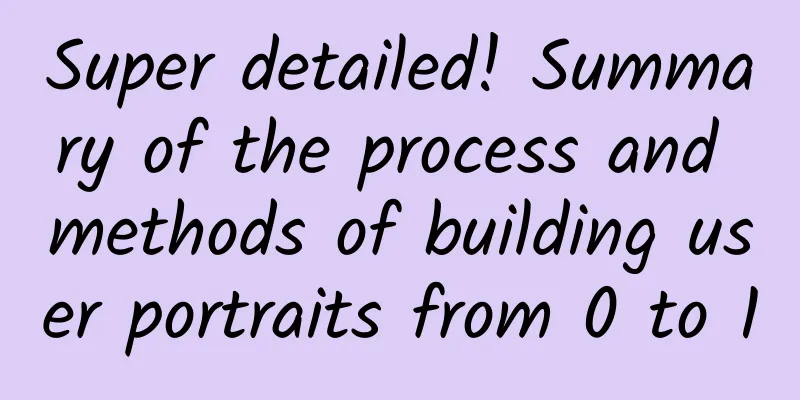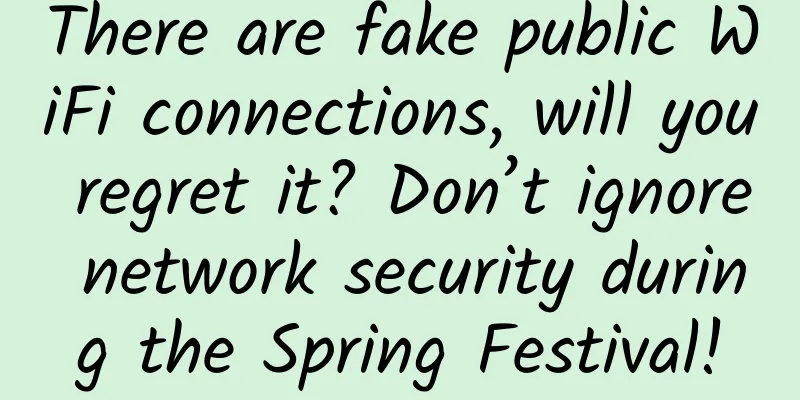Without high technology, how did the ancients keep national security secret?

|
Throughout the vast course of history, the confidentiality of intelligence transmission has been highly valued by rulers of all dynasties. The means of confidentiality have been continuously upgraded, and strange and clever tricks have emerged one after another. Among them, the "military coding" of the Song Dynasty and the "Jinyiwei" system of the Ming Dynasty can be regarded as the "best" in confidential communications. 1. Southern Song Dynasty: Mysterious Communication Code The Song Dynasty was an ancient dynasty with a highly prosperous economy and culture, but its military development was relatively backward and it was often threatened with invasion by neighboring kingdoms such as Liao, Jin, and Western Xia. In a complex environment surrounded by powerful enemies, codes for military secret communications emerged. According to the "Wu Jing Zong Yao", Zeng Gongliang, a Jinshi in the Northern Song Dynasty, collected 40 commonly used military phrases and then coded them in sequence: Before the army went out to war, the command agency distributed the code book encoded with the above phrase to the generals, and agreed to use a 40-character five-character regulated verse without repeated words to correspond to the code. Assuming that both sides use Wang Bo's "Sending Du Shaofu to Shuchuan" from the Tang Dynasty as the decoding key, if the army needs to replenish food, the general at the front will look up the code for "requesting food" (that is, the ninth) in the code book. The ninth character in "Sending Du Shaofu to Shuchuan" is "five", so the general will write the character "five" in an ordinary official document and stamp it with his seal. After receiving this document, the command center in the rear knew that there was a shortage of food and fodder at the front. If you still don’t understand, take a look at the picture below. Information encoding: Information decoding: How about it? Is it brain-burning? 2. Ming Dynasty: A confidentiality system that shocked China and the world "The Jinyiwei are investigating a case, all outsiders please get out of the way!" In the TV series "The Sword of the Assassin", they are skilled in martial arts and are responsible for protecting the emperor, secretly guarding loyal officials, and spying on Japanese pirates. This can be said to be a high-end, classy and classy job. The four major cases in the early Ming Dynasty, the Hu Weiyong case, the Lan Yu case, the Kong Yin case, and the Guo Huan case, killed more than hundreds of thousands of people in total. This massive trial and arrest operation was almost entirely led by the Jinyiwei. In order to ensure the smooth execution of the mission, confidential communications were indispensable. So, how did the Jinyiwei achieve confidential communications? The usual working method of these people is that each level manages the level below them, and there is no communication between the superiors and the subordinates. According to the Jinyiwei system, once the surveillance target is discovered, he or she must be replaced or commit suicide to avoid information leakage. Jinyiwei's informants were all undercover in the mansions of high-ranking officials, and some of them were undercover for several years. At that time, all the ministers in the court were very terrified of Jinyiwei. The Jinyiwei system was highly respected in the Ming Dynasty. For example, Emperor Xuanzong of the Ming Dynasty equated leaking secrets with ignoring the court: "The Veritable Records of Emperor Xuanzong of Ming Dynasty": All confidential matters and the severity of the prison situation must be handled with great care and strictness, and not a single detail should be leaked. This is your duty. If you leak confidential matters, reveal the prison situation and communicate with outsiders, you will be ignorant of the existence of the court. So how do we transmit information specifically? Although there were many ways to keep secrets in ancient China, by the Ming Dynasty, the two methods that had the best effect were the word splitting method and the code method. However, even within this strict confidentiality system, countless incidents caused by errors in information transmission still occur. 3. Modern: Highly secure quantum communication Quantum communication is the key to opening the door to secure information transmission. As an important representative of communication technology, quantum communication has advantages in security that are difficult to match with traditional communication methods, and has huge development potential and unique charm. Existing mature quantum communication technologies often use quantum key distribution technology to protect the key distribution process. Why can't quantum communication be leaked? Let's find out today~ Quantum characteristics: the basis of quantum communication. Compared with traditional communication methods that use macroscopic matter as the medium for information transmission, quantum communication mostly uses photons as the medium for information transmission. Similar to the bit as the minimum unit of information in classical communication, the unit of information in quantum communication is the quantum bit. Since photons with quantum properties are used as carriers of information, this brings some unique advantages to quantum communication. Due to the non-cloning property of photons, quantum states cannot be perfectly copied. This means that an eavesdropper cannot obtain information from the communication by copying an unknown quantum state. Secondly, when an eavesdropper attempts to identify an unknown quantum state, Heisenberg's uncertainty principle ensures that the eavesdropper cannot obtain accurate information. Finally, the measurement collapse hypothesis of the quantum state means that any attempt to eavesdrop directly will leave traces. One-time pad: the secret to secure communication With such confidential transmission means, we can achieve secure quantum key distribution. In general, we use quantum keys obtained through quantum key distribution to encrypt large amounts of information to be transmitted, thereby achieving secure communication. Existing quantum key distribution protocols such as BB84, B92, and BBM92 provide a variety of feasible quantum key distribution methods. In the one-time pad mode, we use the quantum key as a one-time note key, combined with a symmetric encryption algorithm to encrypt the information to be transmitted into ciphertext, and then use traditional channels to transmit the ciphertext. At the same time, each piece of information is encrypted using a brand new quantum key. Each key is not reused and is discarded after use. This not only ensures the security of information transmission, but also ensures the security of key use, without fear of monitoring or decryption. It can be said that through quantum technology, our communications can be protected from eavesdropping and leakage! Article reprinted from: China Telecom Quantum |
Recommend
Cadillac CUE system experience
Last year, we had a very detailed experience of th...
Douyin, Kuaishou, Xiaohongshu, and Bilibili, which one has a lower advertising ceiling?
In October, the article "Watching Douyin and...
The competition in new energy sources has started a new round of elimination. How can domestic brands innovate the old overseas expansion paths of Japanese and Korean brands?
It is almost well known that Japanese cars are se...
The bitter winter is gone, and the plum blossoms of spring are in season
Produced by: Science Popularization China Author:...
Why should we protect rare species?
A penguin wanders around the empty parking lot of...
Methodology in the Internet Age: Learn hand-to-hand combat from Luo Yonghao
The first article in the series of methodology in...
Apple discontinues iPod Touch, ending 20-year iPod legend
As Apple prepares to enter the 15th anniversary o...
Traffic accident compensation agreement letter of understanding entrustment word template Baidu cloud download
Traffic accident compensation agreement letter of...
AppCan mobile platform is shortlisted for central government procurement
While everyone is still immersed in the holiday s...
How to build a successful brand? Share 4 tips!
All brand models are based on psychological princ...
The USS Ford may be deployed in 2022, but the parts of the USS Kennedy must be dismantled first
According to the U.S. Naval Institute (USNI) webs...
Youku Tudou's latest equity exposure: Alibaba becomes the single largest shareholder
In recent times, Youku Tudou has been caught up i...
Does PFAS in jackets affect fertility? Experts: No need to panic about products that meet national standards
Recently, the topic of "perfluorinated and p...
Five people were killed while charging electric vehicles indoors in a community in Tongzhou! How to prevent accidents before they happen?
A fire in a residential area in Tongzhou, Beijing...
Tesla still stubbornly insists on the visual route. Will LiDAR have the last laugh?
Recently, Musk showed off his strength at Tesla&#...









